How to Effectively Use Dividends for Retirement Income

Retirement is the beginning of a new phase of your life. However, to ensure you are financially secure during the later years of your life, you must make the right investments and undertake failproof retirement planning. As an investor, it is important to select investments that have the potential to give you a safe and secure retired life. During the early stages of retirement planning, you generally invest aggressively in stocks to earn high returns, even if they come with a higher level of risk. However, as you approach your retirement age, your investment strategy shifts from being aggressive to conservative. Instead of investing in stocks with high risk and high return potential, you start focusing on low-risk, moderate return securities like bonds, etc.
After years of consistent retirement planning, when you finally retire, your investment strategy alters again. Now, your sole focus is on ensuring your accumulated retirement corpus lasts your lifetime. To avoid the risk of outliving your savings, you center your investments for capital preservation rather than growth. Living off your savings during retirement is often more challenging than saving for a comfortable retirement. Further, rising life expectancies, low bond yields, growing stock market volatility, etc., have made it difficult to build a stable retirement income stream.
Before finalizing your portfolio for sustaining your retirement expenses, you need to understand how much risk you are willing to take and how much return you require to maintain a reasonable quality of life during retirement. One way to augment your retirement income is to invest in dividend-growth stocks, mutual funds, and exchange-traded funds (ETFs). Dividend growth investing can help you supplement your Social Security benefits and pension earnings in retirement. If invested wisely, a dividend retirement portfolio can be sufficient to sponsor all your retirement needs. However, when creating such a portfolio, you should be careful of specific aspects. As a retiree, it may not be advisable to forgo the growth aspect. An ideal dividend retirement portfolio for retirement income should be a combination of dividend-paying and dividend-growth investing stocks. Stocks that pay regular dividends with growth potential are a wise investment for a retirement portfolio that aims to generate a regular income. To find out more about which dividend-paying and dividend-growth investing stocks would be suitable for you, get in touch with a professional financial advisor. A qualified advisor would be able to suggest the right stocks for you to invest in that can help you create a steady retirement income stream in your golden years.
Here is everything you need to know about creating a dividend portfolio for retirement income:
What is a dividend portfolio?
A dividend portfolio is one where you buy stocks of companies that pay steady dividends. When you buy a stock, you become a proportional owner of that company depending on the shares you own. When the company makes profits, it has three choices for utilizing the excess cash. The company can retain the profits, use them for research and development, or distribute them to shareholders as dividends.
These dividend payments can act as a regular and stable income source during retirement. Dividend income is like earning interest from a bank savings account. If you own one share worth $100 in a company that pays a 6% annual dividend, you will get $6 each year as dividend income. The greater the number of shares, the higher is the dividend income. So, if you hold 30 shares in the same company, your yearly dividend income will be $180.
Apart from earning income through regular dividends, you also benefit from a rise in the value of your stock investments. Stock prices rise over time, making your shareholdings more valuable. This increase in value is known as capital appreciation. This is one reason why financial experts recommend investing in dividend growth stocks.
Companies pay dividends every quarter to shareholders per the type of their shareholding. If you own preferred shares in a company, you receive fixed-rate dividends. However, if you are a common shareholder, your payouts are variable.
How can dividends support a healthy and sustainable retirement?
Dividend investing can help provide an assured source of retirement income. Moreover, a dividend investing strategy helps preserve your capital over a long tenure and generate a growing income in retirement irrespective of the market conditions.
For instance, assuming you retire with $1 million as your retirement corpus, you require $40,000 per month to maintain your retirement standard of living. The rate of inflation is 2%, and bond yields match the inflation rate. Your stock dividends grow at 3.5% each year.
Now, you invest $400,000 in bonds and $600,000 in stocks that pay an annual dividend of 3%. Your dividend retirement portfolio generates $18,000 income per year. This is insufficient to cover your retirement income requirement of $40,000. Hence, the balance is substituted by the bond yields.
After you spend all income from your dividend retirement portfolio in a year, you sell your bond portfolio to get the inflation-adjusted $40,000 per month in retirement. In 21 years, your bond portfolio will be depleted. However, during this period, your inflation-adjusted dividend income will grow to $24,000 per year, and you will still own your stocks.
Further, if your dividend income grows every year, there is sufficient reason to believe that the value of stocks has also risen, leading to capital appreciation. This will give you a stable income source during retirement and a healthy retirement nest egg.
Even though your primary stock and bond portfolio structure depends on your risk tolerance, financial objectives, and time horizon, building a dividend portfolio for retirement income that yields 3% or higher per year and grows at 3.5% or more per year is a wise strategy. That said, given the low interest rates today, it is possible to construct a 4-4.5% dividend portfolio for retirement income while maintaining your risk preferences, portfolio diversification, and income security.
How are dividends taxed?
Apart from offering a stable retirement income, a dividend retirement portfolio also provides valuable tax benefits for you as an investor. As per the IRS (Internal Revenue Service), all dividend incomes are not subject to the same tax duties. For taxation purposes, the IRS divides dividends into two categories – qualified and non-qualified. Qualified dividends are given preferential tax treatment and charged at a lower long-term capital gains tax rate. Depending on your tax bracket, this means you can expect to pay anywhere between 0-20% as taxes on dividends received. However, non-qualified dividends are taxed as regular income. The range for ordinary income tax is between 10-37% plus a 3.8% additional tax for specific investment income for high earners.
Dividends paid by U.S. companies are considered qualified dividends. So, if you hold your stock investments for 60 days, your dividends are taxed as long-term capital gains. Dividends from stock investments in Master Limited Partnerships (MLPs) and real estate investment trusts (REITs) are taxed as ordinary income. Further, investments like money market funds, cash instruments, etc., are classified as non-qualified dividends and taxed as regular income.
Dividend growth stocks held in tax-advantaged retirement savings like a 401(k) or an IRA (Individual Retirement Account) are not subject to any taxes until you withdraw your funds. However, investing in MLPs can have tax implications even if you invest through your IRA.
What are the advantages of using a dividend income strategy?
Here are some of the top benefits of using a dividend portfolio for retirement income:
- Reliable income stream: When you invest in dividend-paying stocks, you know the rate of return from your investment. Each quarter you receive a dividend payment from the company where you have invested your money. For instance, you have a dividend retirement portfolio worth $1 million. You hold stocks in six different companies, and each company on average pays out a 3.1% annual dividend. This means you will have $31,000 as dividend income each year and $7,750 as quarterly dividend income. You can schedule your retirement expenses accordingly. A dividend retirement portfolio can be customized to fit your financial needs.
- Hedge against inflation and market volatility: Dividend growth investing gives you a hedge against inflation and stock market volatility. You can use your dividend growth stocks to shield against rising inflation in the long term. Inflation has a corrosive impact on your retirement savings. However, as a retiree, investing majorly in equity positions brings the risk of stock market volatility. But if you include more bond investments in your retirement portfolio, your returns may not be able to outpace inflation in the long run. Hence, dividend growth stocks can help you navigate higher inflation rates while also saving for retirement. Alternatively, a dividend retirement portfolio also acts as a shield against stock market volatility. Even though equity investments can offer high returns, they are subject to high risk. Focusing solely on capital appreciation through equity investments may not be an ideal approach for retirees. Adding dividend growth stocks to your portfolio can help you diversify your portfolio and mitigate losses in equity positions.
- Preserves your retirement savings: In retirement, you are in the spending stage, which is more difficult than the accumulation stage. You have the pressure to spend in a manner that you do not outlive your savings. With a dividend retirement portfolio, you can mitigate the risk of emptying your retirement nest egg. It is possible to structure your dividend retirement portfolio in a manner that allows you to live off a dividend stream of income without touching your principal. This means you do not consume your actual retirement savings, and your retirement funds can last longer.
- Low-risk investment: Dividend growth investing is also a low-risk investment. When you create a dividend retirement portfolio or reinvest your dividends to generate more profits, you are choosing a low-risk investment. For a stock to pay dividends, the company must have a history of sound financial management, high profits, and sufficient cash balance to meet different obligations. Companies that pay dividends for a longer duration can be less volatile and safer because of their proven financial record. Mostly, these dividend-paying companies are blue-chip, high-quality companies that have a track record of paying dividends for several years. Hence, a dividend portfolio for retirement income is an attractive strategy for you if you are a low-risk investor.
- Stock price appreciation: When you own dividend-paying stocks, you receive payments quarterly and benefit from the rise in stock value. When the stock prices rise, the value of the dividend retirement portfolio also rises. For instance, the annual price appreciation of the stock in the portfolio averaged 7%. This, combined with the 3.1% annual dividend yield, would mean the total return of the dividend portfolio is 10.1%. In all, you get the quarterly dividend and appreciation of the stock value above the original stock price.
- Tax advantages: Dividends are considered qualified income and taxed as long-term capital gains, generally between 0-20%. However, your other retirement income is taxed per the ordinary income tax rate. This helps you prolong the life of your retirement corpus.
- Security and peace of mind: Living off a dividend calculator is simpler than a systematic withdrawal system for retirement. As a retiree, you have peace of mind knowing that you have a passive cash flow and do not have to stress over figuring out which assets to sell and when to sell them to create a reliable retirement income source, especially during a turbulent time. You can be better off living off the cash flow produced by your dividend retirement portfolio than estimating a safe withdrawal rate in different market conditions.
What are the disadvantages of using a dividend income strategy?
Even though a dividend portfolio for retirement income is a smart strategy, it is wise to be aware of the drawbacks of this strategy to ensure you make the right decision for your financial security.
Here are some disadvantages of using a dividend income strategy:
- No guarantee of a stable retirement income stream: You might consider supplementing your capital appreciation in equity holdings with stable income from dividend growth stocks. However, income from dividend-paying stocks is not 100% guaranteed. Even though dividend-paying companies have a proven track record, sometimes they fail to honor the dividend-paying commitment. Hence, there is no guarantee of dividends, and reliance on these inconsistent payouts could skew your retirement plan in the wrong direction. Further, if the company does not declare dividends, your retirement corpus will take a big hit. Ultimately, your dividends are dependent on the well-being of the company and the health of the economy.
- Subject to a cut: History is proof that in some instances, even the most historically profitable companies have cut their dividends. In 2008, when the U.S. economy deteriorated because of a financial crisis, Bank of America cut its dividends by 50% because of increasing loan dues. However, in the years before 2008, Bank of America was one of the world’s leading financial institutions which regularly paid handsome dividends to its shareholders.
- Not failproof against inflation: One of the prime reasons for the popularity of a dividend portfolio for retirement income is its ability to outpace the impact of inflation in the long run. However, this is not a guarantee. History has proven that in many instances, dividend retirement portfolios have not been able to combat inflation. From 1979 to 1981, the U.S economy experienced a hyperinflation period, where inflation was 13% at one point. However, during this period, the companies instead of increasing the dividend payouts, they carried out cut backs or canceled dividend payments. Further, from 1969 to 1975, during the global energy crisis, the economy slowed down, and companies suffered huge losses. Dividends were cut to offset the impact of soaring inflation. During this time, dividend retirement portfolios lost money while facing steep inflation rates. More recently, in 2009, the S&P 500 dividend yield growth fell, and companies decreased their dividend payouts. However, in the 2000s, even though dividends returned only 1.8%, stock prices fell by 2.7%.
- Not diversified enough: A dividend retirement portfolio may not be diversified enough. Hence, it is subject to several market risks and opportunity losses. If you invest in dividend growth stocks of large companies, then during a period of economic boom, the portfolio will miss out on the stock price gains of smaller-company stocks. Alternatively, if you invest in small-cap dividend growth stocks, you face a risk during a period of economic uncertainty or sluggish economic growth. It is critical to maintain a balance of large-and small-cap companies in your dividend retirement portfolio to create a stable retirement income stream.
How to effectively use dividends for retirement income
If you want to use a dividend retirement portfolio for generating a stable income, you can consider implementing any of these three strategies:
- Scout for high dividend yields: This strategy involves investing in slow-growing, well-established companies with a stable cash position and a history of dividend payments. These investments are ideal if you want to create a dividend retirement portfolio that generates income right away. However, high yield does not mean high growth in stock value. Since these are established companies, their stocks may not experience as much growth during an economic boom.
- Focus on high dividend growth: If you are investing for the long-term, you might want to buy stocks in companies that pay average dividends in the present but have strong growth potential. Investing per this strategy will mean lower short-term dividend yields, but as the business matures, dividends will rise, and so will the stock value. You can buy more shares early on and eventually earn more dividends.
- Aim for dividend capture: If you have the time and market knowledge, you can apply the dividend capture strategy. In this tactic, you buy the stocks right before the dividend declaration and sell after the dividend receipt. You use the money to buy stocks of another company that is close to declaring a dividend. This way, you do not have to hold stocks for a quarter or a whole year to earn a dividend. For this strategy to be successful, you have to comply with the terms of stock purchase and sale. For instance, you must own a stock before the ex-dividend date, generally two weeks before the actual dividend payout. In this strategy, there is a high risk of stock price volatility. A wrong move could wipe out all the money you may have earned from dividends.
To summarize
No retirement income strategy comes with a guarantee. However, a dividend retirement portfolio customized to suit your requirements can prove to be an effective strategy for retirement. By investing in quality dividend stocks and balancing them with small-cap dividend growth stocks with increasing payouts, all types of investors can benefit from the strategy. Moreover, with some detailed planning, it is possible to live off your dividend income stream during retirement. Consult a professional financial advisor to help you choose the right stock investments and create a dividend retirement portfolio aligned with your needs, financial goals, and investment horizon.
To get in touch with a qualified financial advisor, use Wiser Advisor’s free advisor match tool. Our free match services connects you with 1-3 background-verified financial fiduciaries. You may also set up a free initial consultation with them before deciding to hire one.







.jpg)













.jpg)





.jpg)

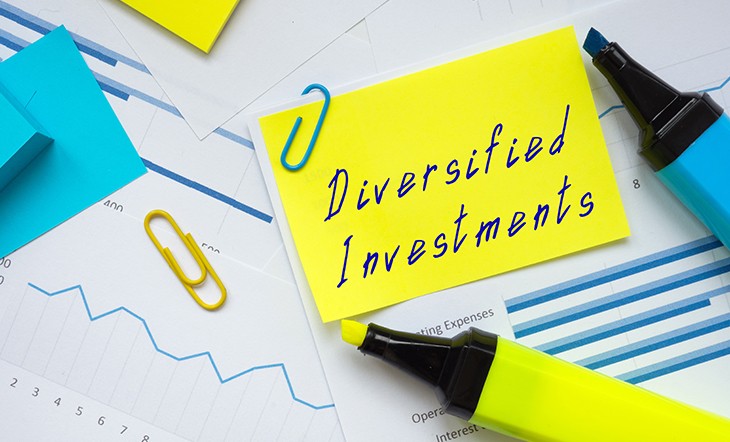
.jpg)


.jpg)
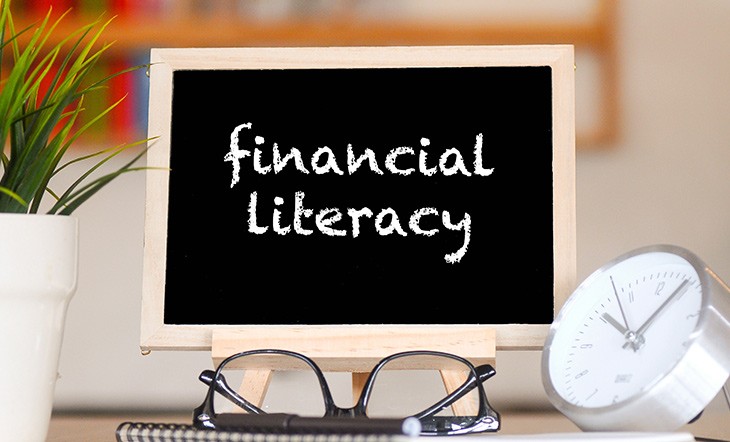








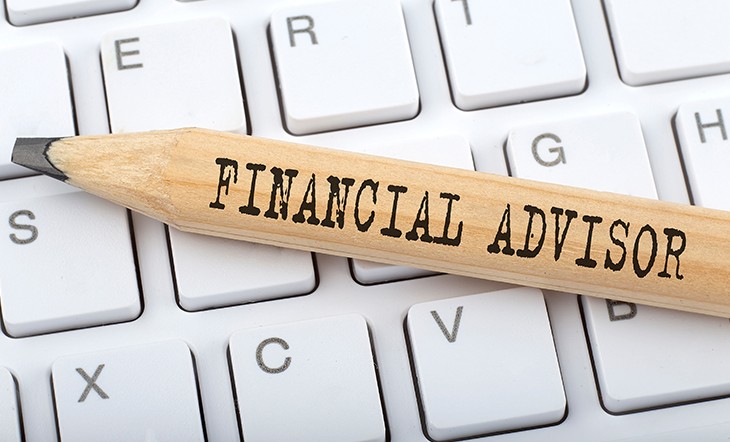




.jpg)





.jpg)




.jpg)


.jpg)






.jpg)

.jpg)






.jpg)

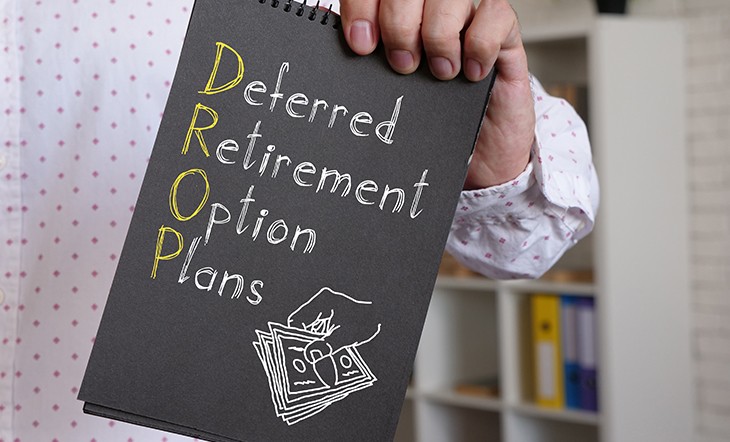


.jpg)

.jpg)


.jpg)

.jpg)





.jpg)
.png)
.jpg)




.jpg)

.jpg)

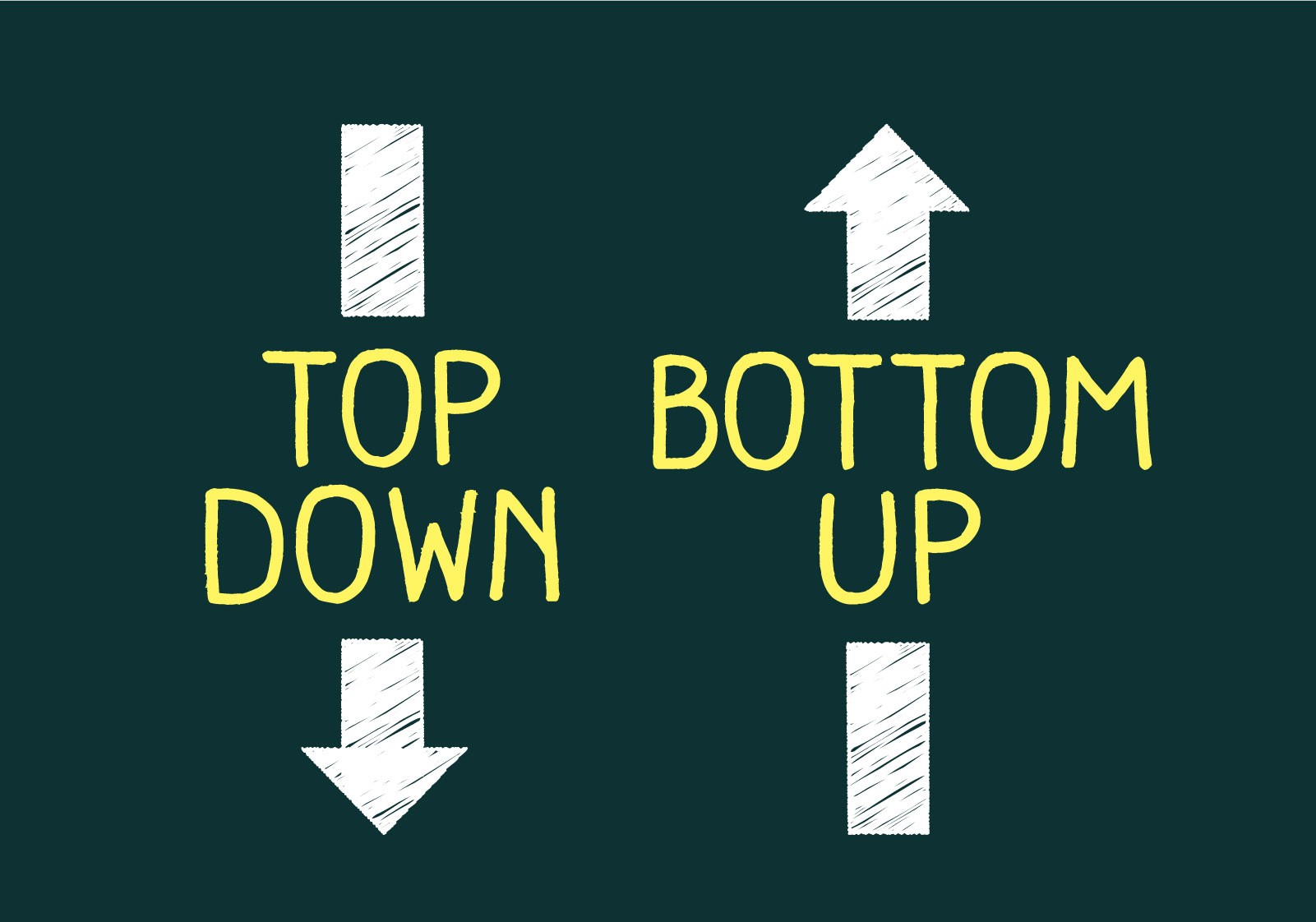
.jpg)


.jpg)

.jpg)

.jpg)
.jpg)
.jpg)

.jpg)

.jpg)




.jpg)


.jpg)

.jpg)


.jpg)
.jpg)
.jpg)
.jpg)
.jpg)

.jpg)




.jpg)
.jpg)


.jpg)
.jpg)
.jpg)
.jpg)

.jpg)
.jpg)















.jpg)

.jpg)


.jpg)



.jpg)












.jpg)



